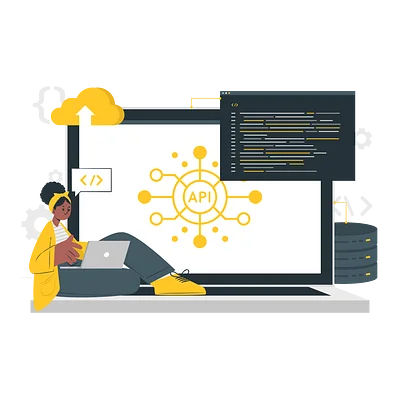Course “HTTP API”
Course updated on April 30, 2025
Access this and all courses with a subscription
What's included
Description
This course explains what the HTTP API is, why it is needed, and where it is used
You will learn
- use the OpenAPI specification
- design API using best practices
- execute requests with Postman
- analyze network requests in the browser
Syllabus
1 | About the course Learning about the course, its structure, objectives, and goals |
2 | The usage of HTTP API Getting familiar with tasks unsolvable without an API |
3 | HTTP requests in browsers Exploring the developer panel and learning how to track API requests |
4 | HTTP API Example Exploring resources and endpoints. Learning to understand JSON, pagination, and nested resources |
5 | CRUD Learning to work with basic resource management operations and idempotence |
6 | CURL Learning how to run queries from the command line |
7 | Postman Learning how to fulfill requests through a popular service Postman |
8 | Types of API Getting to know the HTTP API (RPC, REST) |
9 | OpenAPI (Swagger Specification) Learning the standard that allows you to create an HTTP API specification that is convenient for code generation, documentation, and testing |
Recommended programs

- Run code right in the browser
- Lifetime access
- Learn at your own pace
Access this and all courses with a subscription


